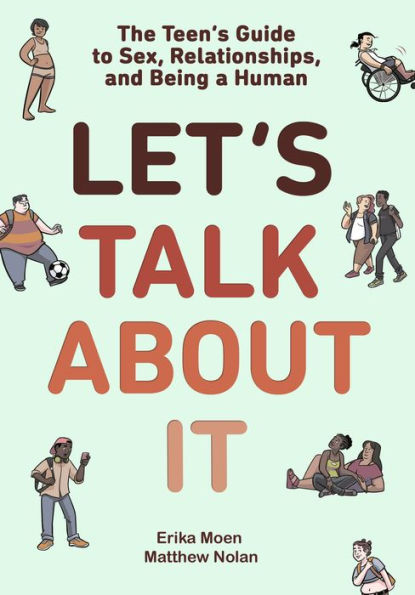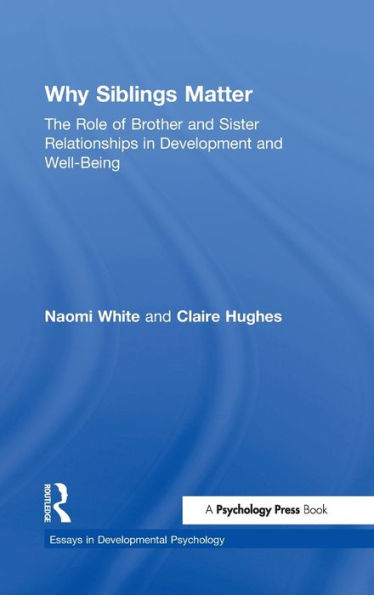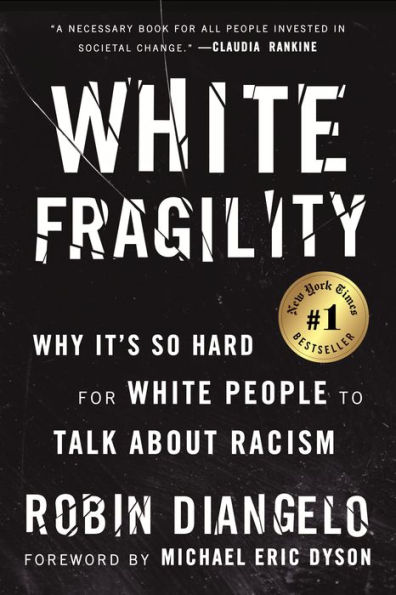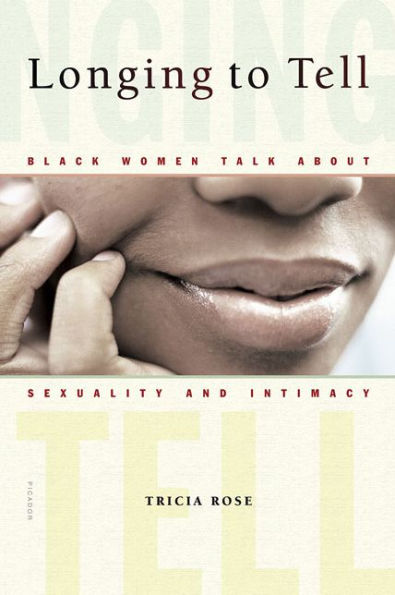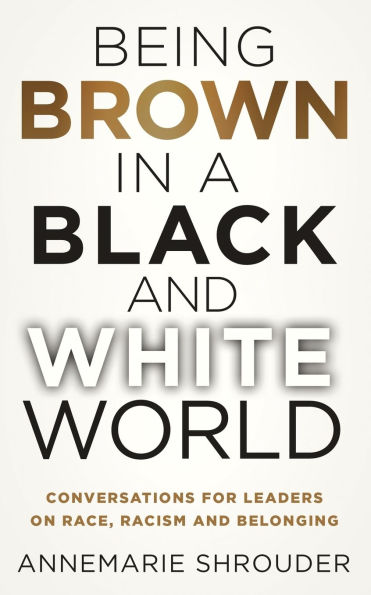Home
In Their Siblings' Voices: White Non-Adopted Siblings Talk About Their Experiences Being Raised with Black and Biracial Brothers and Sisters
Barnes and Noble
Loading Inventory...
In Their Siblings' Voices: White Non-Adopted Siblings Talk About Their Experiences Being Raised with Black and Biracial Brothers and Sisters in Franklin, TN
Current price: $28.00
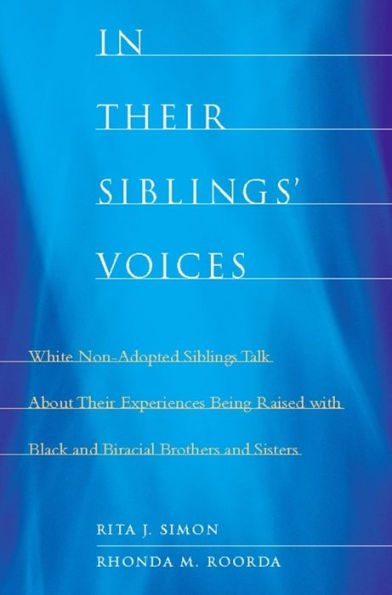
Barnes and Noble
In Their Siblings' Voices: White Non-Adopted Siblings Talk About Their Experiences Being Raised with Black and Biracial Brothers and Sisters in Franklin, TN
Current price: $28.00
Loading Inventory...
Size: OS
In Their Siblings' Voices
shares the stories of twenty white non-adopted siblings who grew up with black or biracial brothers and sisters in the late 1960s and 1970s. Belonging to the same families profiled in Rita J. Simon and Rhonda M. Roorda's
In Their Own Voices: Transracial Adoptees Tell Their Stories
and
In Their Parents' Voices: Reflections on Raising Transracial Adoptees
, these siblings offer their perspectives on the multiracial adoption experience, which, for them, played out against the backdrop of two tumultuous, politically charged decades. Simon and Roorda question whether professionals and adoption agencies adequately trained these children in the challenges presented by blended families, and they ask if, after more than thirty years, race still matters. Few books cover both the academic and the human dimensions of this issue.
helps readers fully grasp the dynamic of living in a multiracial household and its effect on friends, school, and community.
shares the stories of twenty white non-adopted siblings who grew up with black or biracial brothers and sisters in the late 1960s and 1970s. Belonging to the same families profiled in Rita J. Simon and Rhonda M. Roorda's
In Their Own Voices: Transracial Adoptees Tell Their Stories
and
In Their Parents' Voices: Reflections on Raising Transracial Adoptees
, these siblings offer their perspectives on the multiracial adoption experience, which, for them, played out against the backdrop of two tumultuous, politically charged decades. Simon and Roorda question whether professionals and adoption agencies adequately trained these children in the challenges presented by blended families, and they ask if, after more than thirty years, race still matters. Few books cover both the academic and the human dimensions of this issue.
helps readers fully grasp the dynamic of living in a multiracial household and its effect on friends, school, and community.
In Their Siblings' Voices
shares the stories of twenty white non-adopted siblings who grew up with black or biracial brothers and sisters in the late 1960s and 1970s. Belonging to the same families profiled in Rita J. Simon and Rhonda M. Roorda's
In Their Own Voices: Transracial Adoptees Tell Their Stories
and
In Their Parents' Voices: Reflections on Raising Transracial Adoptees
, these siblings offer their perspectives on the multiracial adoption experience, which, for them, played out against the backdrop of two tumultuous, politically charged decades. Simon and Roorda question whether professionals and adoption agencies adequately trained these children in the challenges presented by blended families, and they ask if, after more than thirty years, race still matters. Few books cover both the academic and the human dimensions of this issue.
helps readers fully grasp the dynamic of living in a multiracial household and its effect on friends, school, and community.
shares the stories of twenty white non-adopted siblings who grew up with black or biracial brothers and sisters in the late 1960s and 1970s. Belonging to the same families profiled in Rita J. Simon and Rhonda M. Roorda's
In Their Own Voices: Transracial Adoptees Tell Their Stories
and
In Their Parents' Voices: Reflections on Raising Transracial Adoptees
, these siblings offer their perspectives on the multiracial adoption experience, which, for them, played out against the backdrop of two tumultuous, politically charged decades. Simon and Roorda question whether professionals and adoption agencies adequately trained these children in the challenges presented by blended families, and they ask if, after more than thirty years, race still matters. Few books cover both the academic and the human dimensions of this issue.
helps readers fully grasp the dynamic of living in a multiracial household and its effect on friends, school, and community.
